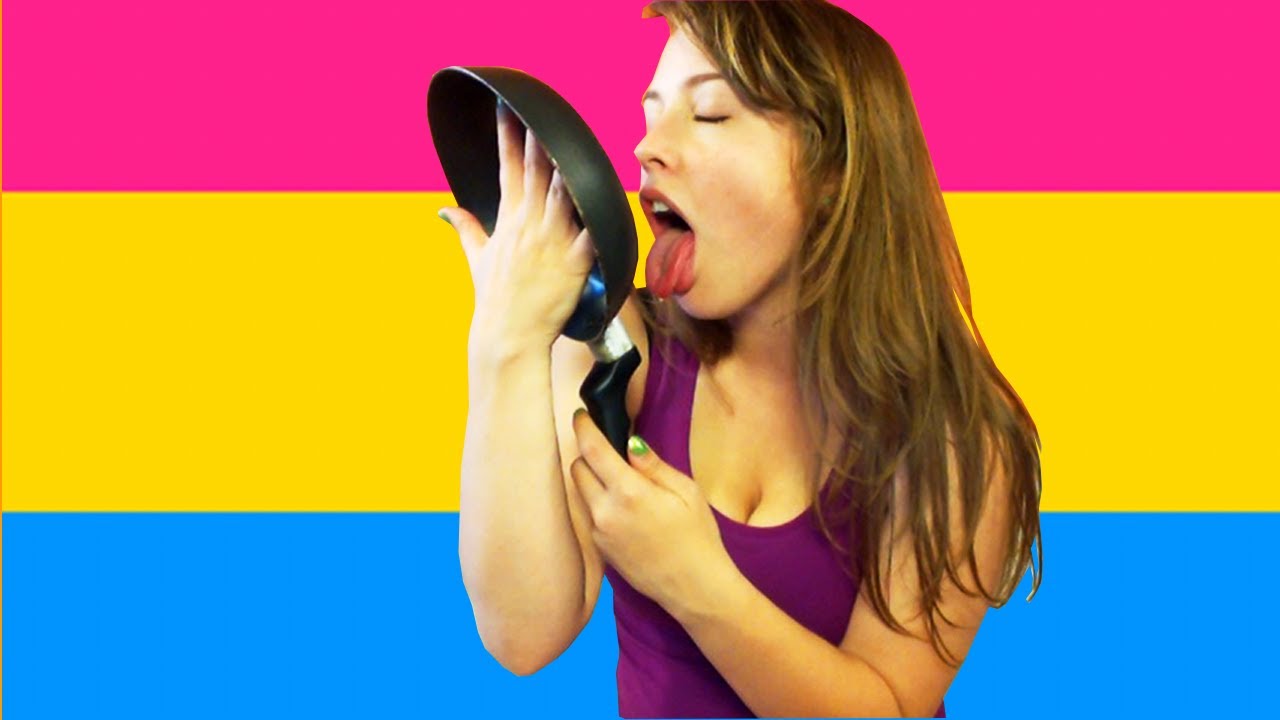
What is pansexuality? It is a very common question among people who belong to the gay, lesbian, bisexual or transgender (gay/lesbian, transgendered) community. Pansexuality can also be defined as an awareness of, appreciation of, or practice of a sexual preference other than heterosexuality. People who claim to be pansexual do not necessarily identify as gay, lesbian, or transgendered; they may have a same-sex sexual interest but identify with a gender nonconformity other than the traditional male/female sex role.
What is pansexuality? The word pansexuality itself has several meanings. Some people use the term pansexual to describe non-monogamous behavior and some even use it to describe sexual orientation. Also, some people use pansexuality as a label for their own non-heterosexuality. These people use the word pansexual to differentiate themselves from heterosexuals, bisexuals, and transgendered individuals.
When we say that a person is pansexual, what exactly does this mean? The meaning is pretty simple. Pansexuality is a sexual preference that happens on an irregular, even weekly basis. Some people prefer to have multiple partners. Some just enjoy being in two genders. A third group who identify as pansexuals identify as being attracted to people of the same gender or identifying as female and/or male.
So what is pansexuality and what do we mean when we say it? Pansexuality can be thought of as a sexual identity, a blend of several identities (a monasticism), or just a unique sexual orientation. In some ways, there are similarities between asexual and bisexuality. Both are sexual orientations, but they differ in the degree of desire for same sex and opposite sex. While some people are attracted to people of the same gender, some others only find satisfaction with the opposite sex (or a combination of both).
What is pansexuality then? Like a gender, it is an umbrella term to describe someone’s attractions towards people of the same gender or identifying as both genders. It may also refer to a sexual minority or the attraction towards cross-dressing and the like. But in most cases, those who identify as asexual often lean towards a bisexual or lesbian identity, though the attraction isn’t necessarily towards gender at all.
The word “pansexual” came into existence as an alternative term for “open-mindedness”, according to Wikipedia. The term is used to describe a willingness to explore sexual expression with no sense of limitation or shame. Some might say that asexuality is the willingness to explore sexual identity for the purposes of having a diverse sexual identity, even if the individual is attracted primarily to members of the same gender. However, a person can be a pansexual and still have a primarily straight sexual identity. In fact, there are many who consider themselves pansexual, despite living a sexually open and fluid lifestyle. And so, the term pansy is a combination of two words to describe the nature of a person’s sexual orientation.
What is pansexuality does bring up different things than what bisexuality entails. Pansexuality can mean being attracted to both men and women, while bisexuality involves attraction exclusively towards one sex. Other common differences between pansexuality and bisexuality include a willingness to seek out sexual expression outside of the traditional two-sided cisnormality and a desire to respect other sexual orientations, identities and choices.
Pansexuality can be seen as a kind of sexual identity which can be “both” gender identified. On the other hand, bisexuality can also be described as a sexual orientation which involves attraction between only one gender. People who identify as asexual, often choose not to participate in same-sex sexual activity. They do so because they feel that their gender identity (that of a male, female, or another non-traditional gender) does not coincide with their sexual orientation. So, although bisexuality shares some aspects of pansexuality, pan bisexuality does not have the same stigma of previous labels like transvestite or surreal.